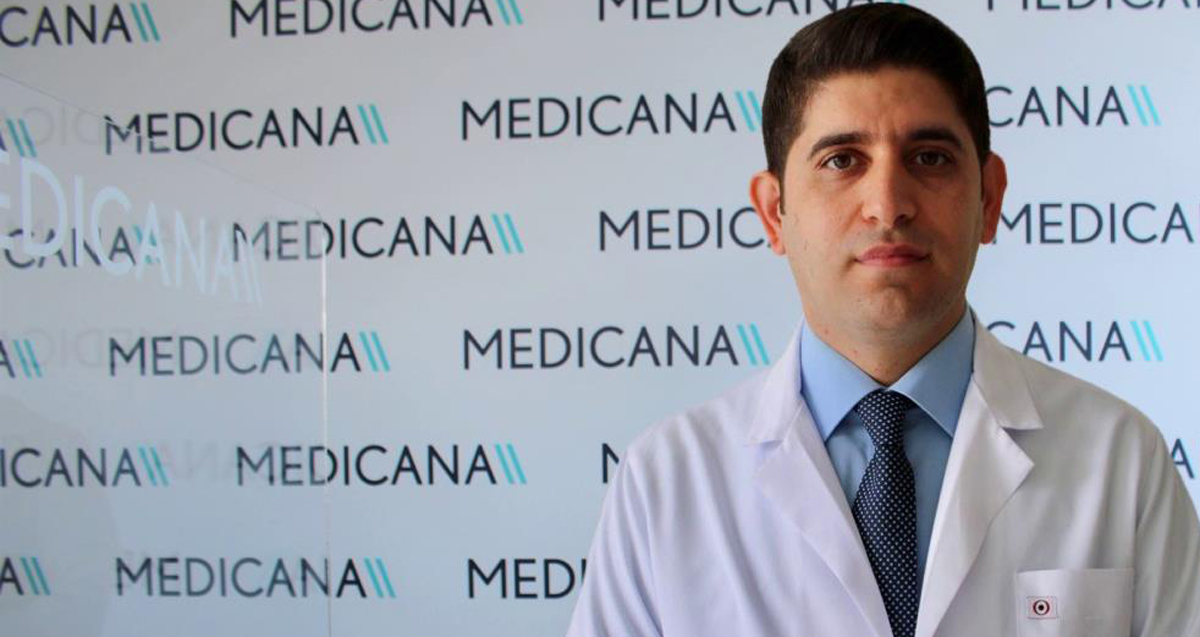Medicana Bursa Hospital Internal Medicine Specialist Assist. Assoc. Dr. Gökhan Erbağ said that Hashimoto's is a thyroid disease. Erbağ said, "Hashimoto is an autoimmune thyroid disease, that is, our immune system attacks the thyroid gland. He is using the drug because of hypotology, but he does not know that he has Hashimoto.
Stating that two ways are followed in the diagnosis of Hashimotone, Erbağ said, "The diagnosis of Hashimoto's is made with two parameters, our first parameter is the autoimmune symptoms that we look at from the blood. We have two tests, two blood tests called anti TPU and anti TG, and thyroid ultrasound. In some cases, we can understand whether a person has Hashimoto's disease with two parameters checked together with patients with negative results. People with weakness, fatigue, forgetfulness, widespread muscle pain, joint pain are at risk for hashimoto. Especially female patients are at significant risk for this disease. This disease is seen quite frequently, especially in working female patients living in the city life."Female patients with these symptoms should definitely be evaluated in terms of Hashimoto."
"Women between the ages of 30 and 50 are at risk"
Providing information about the treatment of Hashimoto's, Erbağ said, "There are two aspects to the treatment. The first aspect is to give the patient a thyroid hormone drug, but the treatment is not just that. The application of vitamin supplements can prevent the disease from returning.Unfortunately, one of the most common mistakes in our country is to give patients a thyroid hormone drug and expose them to this hormone drug for life. It is a common disease in women. It occurs with a frequency of 1 male to 9 women. "Women between the ages of 50 are at risk for the disease. Of course, we can see it in men as well, but it is a disease that is seen more in women."
























